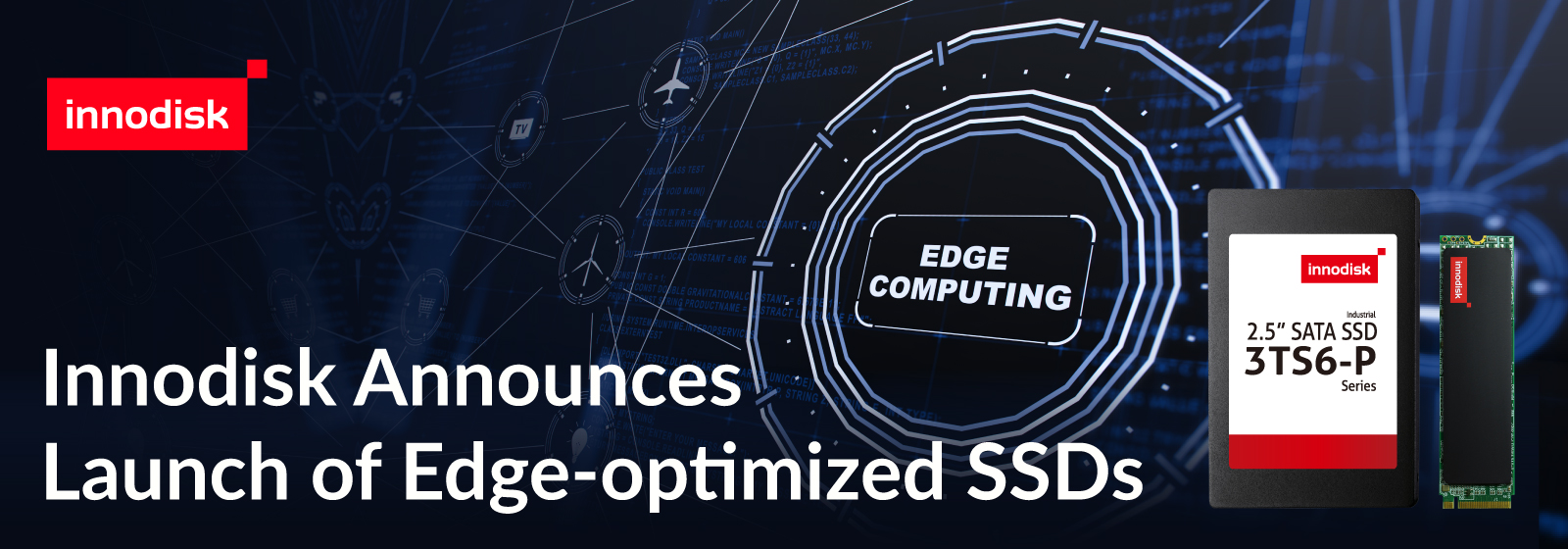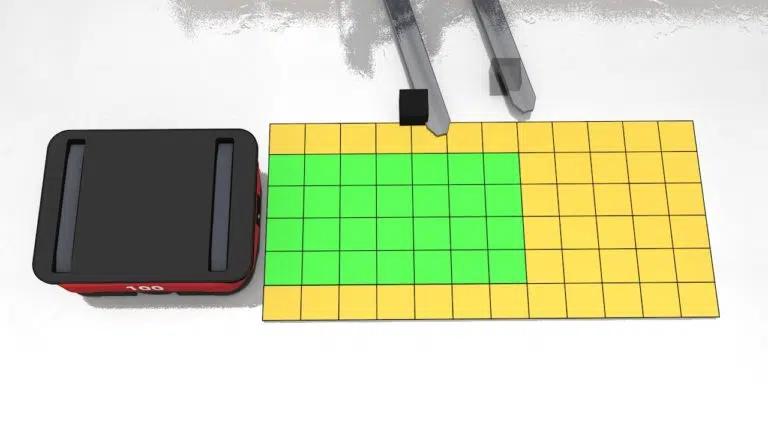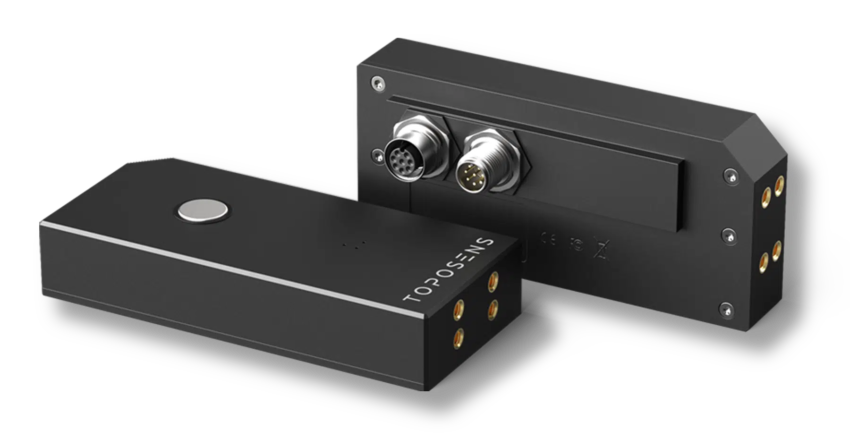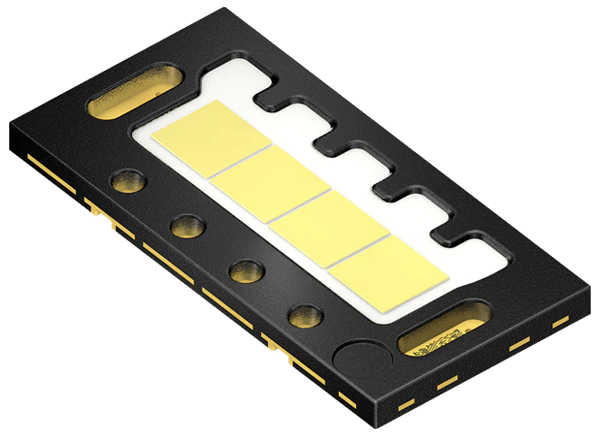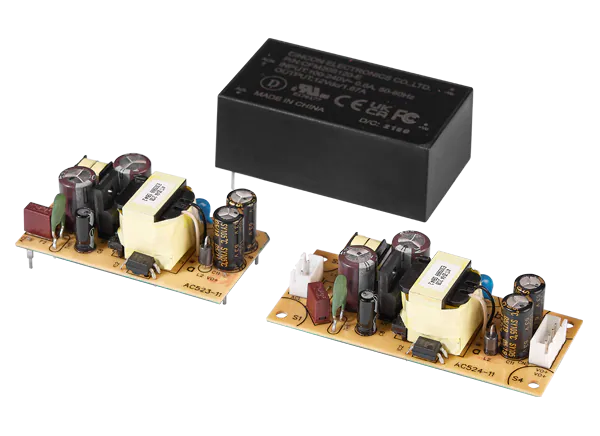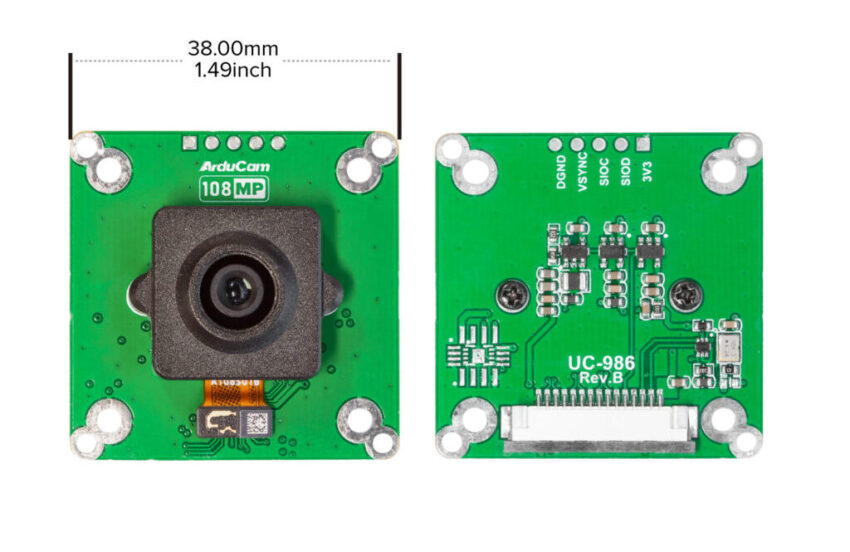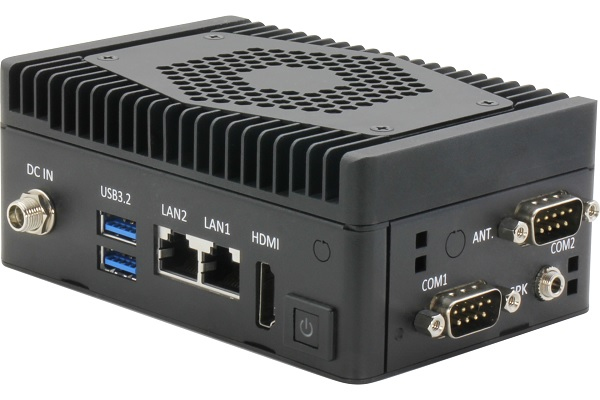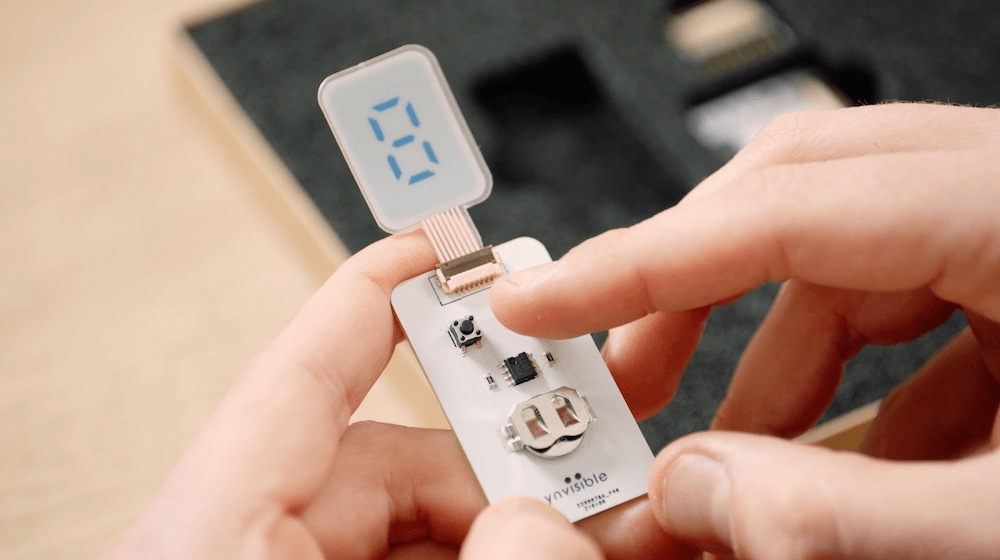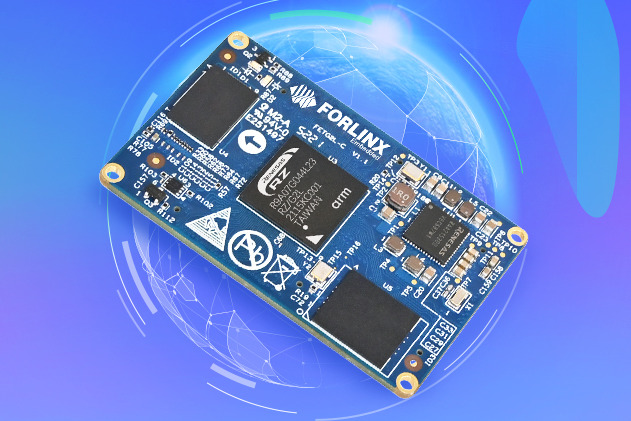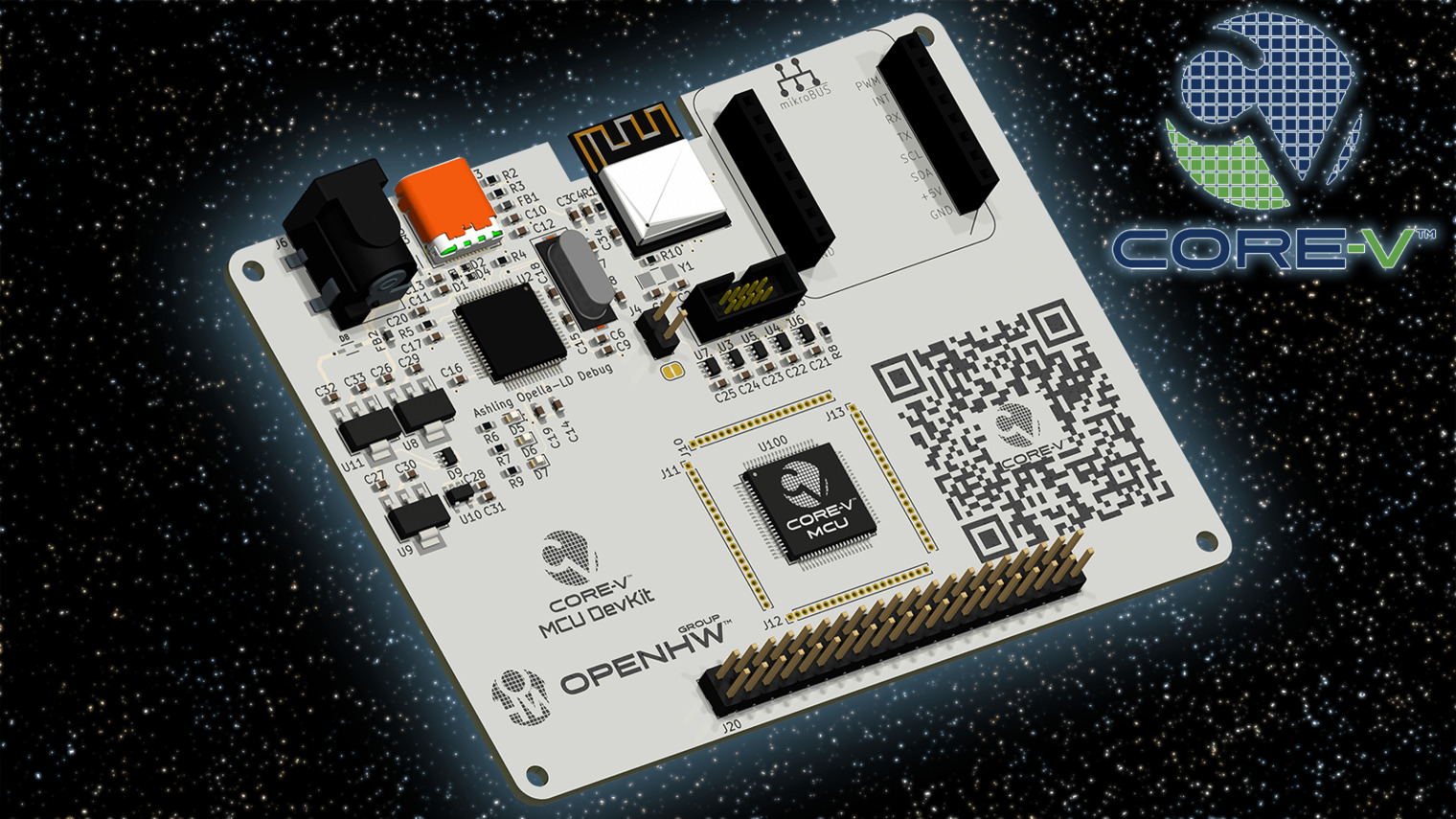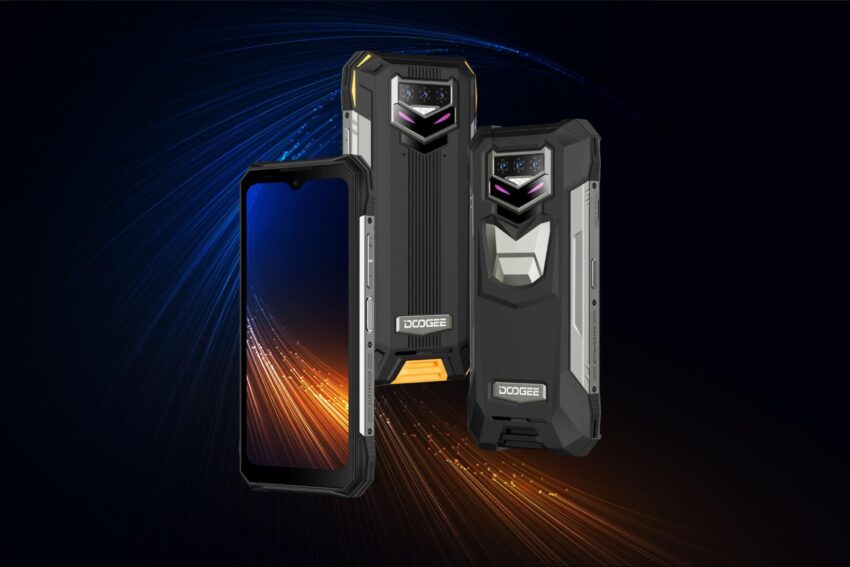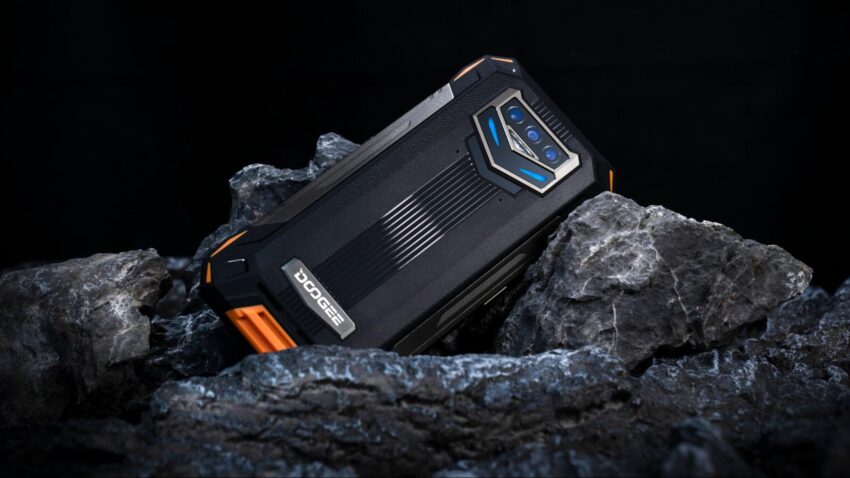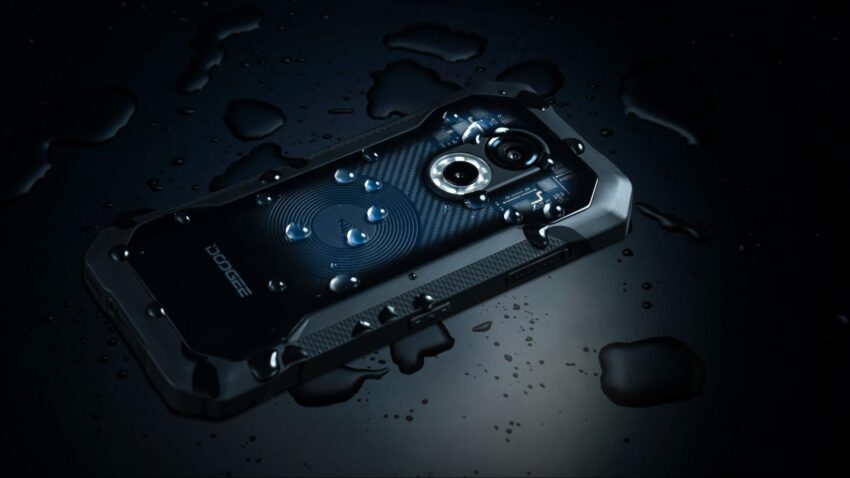Innodisk, a global leader in industrial-grade storage and embedded peripherals, is pushing the development of edge AI technology
In doing so has officially launched a new edge computing solid-state drive (SSD) product line, consisting of the 2.5” SATA 3TS6-P, 3TS9-P and M.2 (P80) 4TS2-P drives. Innodisk’s new edge AI SSDs feature low latency, high DWPD (drive writes per day), and large capacities. In addition, the included iCell and AES technologies protect data from losses and breaches. Aiming at smart retail, smart city, smart fleet management, and NAS network storage applications, Innodisk is providing high speeds, reliability, and industrial-grade high quality to respond to the rising market needs.
Research suggests that the edge data center market is expected to reach a compound annual growth rate of 24.58% between 2020 and 2028. With the rapid development of AI, IoT, and 5G, data utilization has shifted from cloud to edge applications, driving the demand for edge servers and edge data centers. Innodisk is ready to roll out edge server market solutions and open up new business opportunities.
Edge AI SSDs inside edge servers are required to process data at high speeds at the source, instead of sending all data back to a central data center, thus improving latency and reducing cost. As an example, smart street lights and traffic monitoring units rely on the SSD to provide high-speed read/write, a large capacity, and low-latency to process data in real-time, and the same can be said for edge data centers. With the series reaching 6.4TB, these new SSDs are sure to disrupt the edge storage market and improve experiences for end users.
CC Wu, GM of Innodisk’s Flash Division, pointed out that Innodisk has already actively started focusing on applications for the fast-growing 5G and AI fields. This new product line integrates Innodisk’s R&D capabilities in software, hardware, and firmware. With the introduction of specialized SSDs that combine the advantages of industrial SSDs with the characteristics of data center SSDs, Innodisk hopes to seize edge computing business opportunities and meet the needs of the ever-growing sector.


